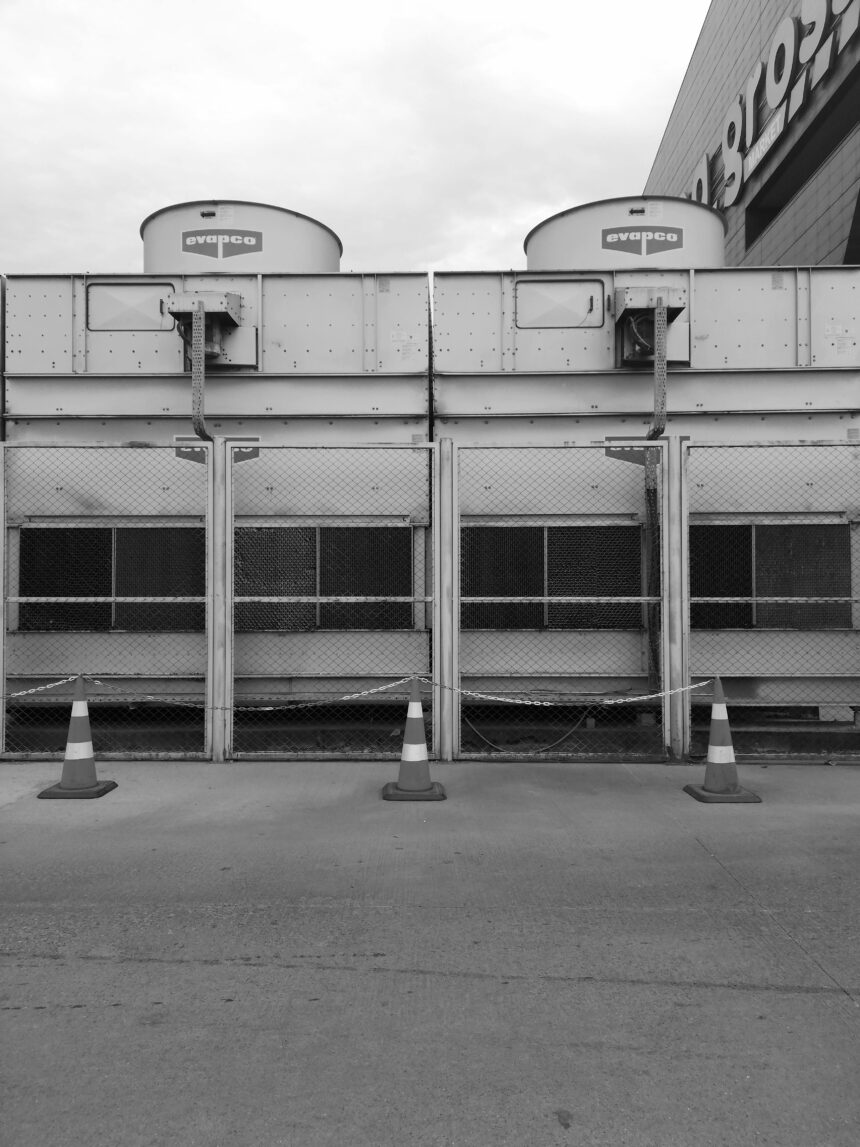The 192-97 LT1 cooling system is a critical component for the performance and reliability of the LT1 engine, which powered numerous iconic GM vehicles during its production run. This guide delves deep into the intricacies of the cooling system, explaining its components, operation, common issues, maintenance tips, and potential upgrades. Whether you’re a car enthusiast, a mechanic, or an LT1 owner, understanding this system is essential for ensuring optimal engine performance and longevity.
Understanding the 192-97 LT1 Cooling System
The 192-97 LT1 cooling system employs a unique reverse-flow design that sets it apart from conventional cooling systems. In most engines, coolant flows from the radiator to the engine block first, but the LT1 system directs coolant to the cylinder heads first. This innovative approach helps to maintain lower combustion chamber temperatures, thereby enabling higher compression ratios and improving performance without risking engine knock.
Key Components of the 192-97 LT1 Cooling System
- Radiator
- The radiator plays a vital role in dissipating heat from the engine coolant. It consists of numerous cooling fins that allow air to flow through and lower the temperature of the coolant before it returns to the engine.
- Water Pump
- The water pump circulates the coolant through the system. It is typically belt-driven and is responsible for maintaining a steady flow of coolant to and from the engine and radiator.
- Thermostat
- The thermostat regulates the coolant temperature by controlling its flow. It remains closed when the engine is cold, allowing it to warm up quickly, and opens to allow coolant to flow to the radiator when the desired temperature is reached.
- Cooling Fans
- The cooling fans help draw air through the radiator, enhancing cooling efficiency. They are controlled by the Powertrain Control Module (PCM) based on engine temperature and air conditioning demands.
- Steam Vents
- Steam vents are located at the back of the cylinder heads and serve to release trapped air and steam, helping to prevent hot spots in the engine.
- Coolant Reservoir
- The pressurized coolant recovery reservoir ensures that the system maintains a constant level of coolant, scavenging air from the coolant and ensuring efficient circulation.
How the 192-97 LT1 Cooling System Works
The operation of the 192-97 LT1 cooling system revolves around its reverse-flow design and the interaction between its components. Here’s how it works:
- Coolant Flow Initiation: The water pump draws coolant from the radiator and pushes it toward the engine. The coolant first enters the cylinder heads, cooling them before reaching the engine block.
- Heat Absorption: As the coolant circulates through the engine, it absorbs heat generated from combustion. This heated coolant then flows back toward the radiator.
- Heat Dissipation: In the radiator, the coolant passes through cooling fins while air flows through the radiator due to the vehicle’s forward motion or the action of the cooling fans. This process cools the fluid before it re-enters the engine.
- Thermostat Regulation: The thermostat plays a pivotal role in managing coolant flow. If the engine temperature exceeds a certain threshold, the thermostat opens to allow coolant to flow to the radiator. Conversely, if the engine is still cold, the thermostat remains closed to help the engine reach its operating temperature quickly.
- Steam Vent Functionality: The steam vents help release any trapped air that may form in the system, ensuring that the coolant remains in liquid form and preventing overheating.
Common Issues with the 192-97 LT1 Cooling System
While the 192-97 LT1 cooling system is designed for reliability, it is not immune to problems. Here are some common issues that LT1 owners may encounter:
1. Coolant Leaks
Coolant leaks can occur due to deteriorating hoses, damaged radiators, or faulty gaskets. Symptoms of coolant leaks include puddles under the vehicle and frequent need for coolant top-ups. Ignoring coolant leaks can lead to overheating and severe engine damage.
2. Radiator Corrosion
Over time, radiators can develop corrosion, especially if low-quality coolant is used or maintenance is neglected. Corroded radiators can impede cooling efficiency and may eventually develop leaks, necessitating replacement.
3. Air Pockets
Air pockets can form within the coolant system, causing hot spots that lead to localized overheating. This is particularly problematic in a reverse-flow system, where efficient coolant flow is crucial. Proper bleeding procedures are necessary to eliminate air from the system.
4. Thermostat Failure
A malfunctioning thermostat can either stick open or closed, disrupting the flow of coolant. If it remains closed, the engine can overheat; if it remains open, the engine may take longer to warm up, reducing efficiency.
5. Water Pump Issues
The water pump is vital for circulating coolant. If it fails, the engine will quickly overheat. Signs of a failing water pump include unusual noises, coolant leaks around the pump, and overheating.
Maintenance Tips for the 192-97 LT1 Cooling System
Proper maintenance of the 192-97 LT1 cooling system is essential for preventing issues and ensuring long-term reliability. Here are some tips for effective maintenance:
1. Regularly Check Coolant Levels
Make it a habit to check the coolant reservoir frequently. Maintaining proper coolant levels is critical for effective cooling and preventing overheating.
2. Inspect Hoses and Connections
Regularly inspect the hoses and connections for signs of wear, cracks, or leaks. Replacing damaged hoses early can prevent larger issues and costly repairs.
3. Flush the Cooling System Periodically
Flushing the cooling system every two to three years removes contaminants, rust, and deposits that can accumulate over time. This process helps maintain optimal coolant flow and prevents corrosion.
4. Monitor Engine Temperature
Keep an eye on the engine temperature gauge while driving. Any unexpected increase in temperature should prompt immediate investigation, as it could indicate a problem within the cooling system.
5. Test the Thermostat
If you suspect the thermostat is malfunctioning, test it by placing it in hot water to see if it opens at the specified temperature. If it doesn’t open as it should, replace it to avoid overheating issues.
Upgrading the 192-97 LT1 Cooling System
For performance enthusiasts or those looking to enhance the reliability of their LT1 engines, several upgrades can be considered:
1. Larger Radiators
Installing a larger radiator can significantly improve heat dissipation, particularly for vehicles subjected to high-performance driving. This upgrade helps maintain optimal engine temperatures during demanding conditions.
2. High-Flow Water Pumps
High-flow water pumps are designed to circulate coolant more efficiently, ensuring better heat transfer and preventing overheating during high-demand situations. Upgrading to a high-flow pump can enhance overall cooling performance.
3. Performance Thermostats
Consider upgrading to a performance thermostat that opens at a lower temperature. This can help maintain a more consistent engine temperature, especially in demanding driving scenarios.
4. Upgraded Cooling Fans
Replacing factory fans with high-performance electric fans can improve airflow through the radiator, especially during stop-and-go traffic or idling situations.
5. Use of Quality Coolants
Investing in high-performance coolants that provide better heat transfer and corrosion protection can enhance the overall efficiency of the cooling system. Always follow the manufacturer’s recommendations for coolant type and mixture.
Conclusion
The 192-97 LT1 cooling system is an innovative design specifically engineered to meet the high-performance demands of the LT1 engine. Understanding its components, operation, common issues, and maintenance needs is vital for LT1 owners to ensure their vehicles run smoothly and efficiently. Regular inspections and timely upgrades can enhance cooling efficiency, prevent overheating, and prolong engine life.
By keeping the cooling system in optimal condition, you can fully enjoy the performance capabilities of your LT1-powered vehicle, ensuring it delivers the power and reliability you expect. Whether you’re a casual driver or a performance enthusiast, the maintenance and care of the LT1 cooling system are key to maximizing your driving experience.




